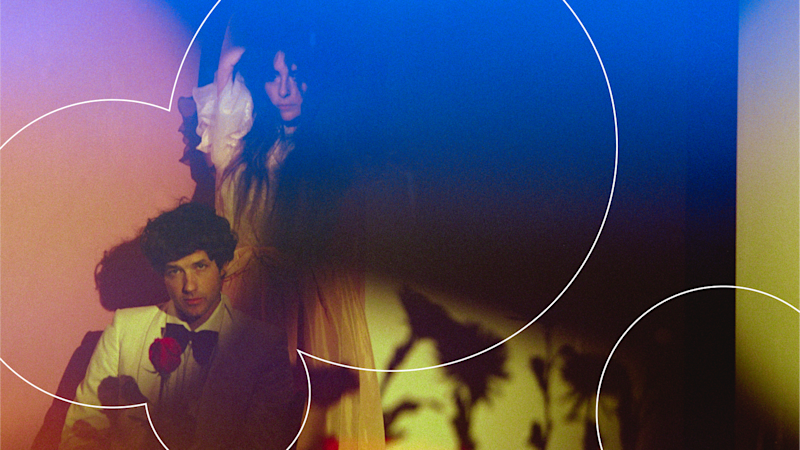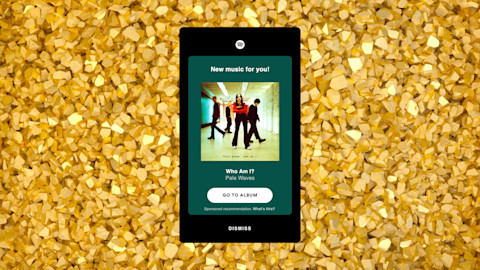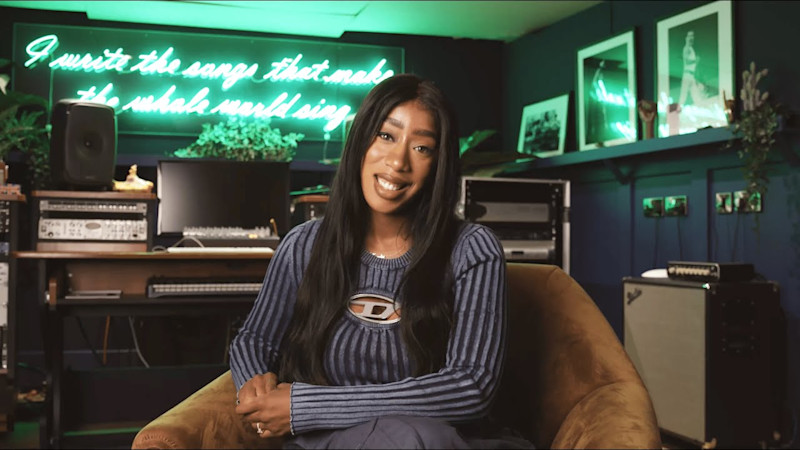In late February, music outlets across the web were once again talking about Drake’s So Far Gone, a mixtape the rapper released for free in 2009 just as he was emerging as one of hip-hop’s most exciting new voices. This year the tape was made available for streaming for the first time, and it debuted at No. 5 on Billboard’s albums chart, making it Drake’s 10th consecutive Top 10 placement—remarkable, considering he hadn’t actually put any new music out.
That same week, R&B star Kehlani released While We Wait, her third commercial mixtape and fourth-ever project (she’s released only one studio album, 2017’s SweetSexySavage). Her mixtape, titled to emphasize its unofficial nature, debuted at No. 9 on the Billboard 200, and it came complete with a marketing rollout: Kehlani opened merch pop-up shops and has since released a batch of elaborately produced music videos. While commercial mixtapes aren’t a novelty in today’s music industry—they’re pretty common in hip-hop and R&B—seeing a ten-year-old Drake mixtape contend with today’s version of the format poses some interesting questions about the significance of mixtapes in the streaming era.
How It All Began
The history of the mixtape is complex, and its definition has transformed over time. Its early presence in music conjures memories of DJs Clue and Doo Wop, who used mixtapes in the ’90s to propel rising MCs to fame through exclusive recordings—they’d compile tracks and freestyles by several artists on one album, and distribute it themselves. New York’s 50 Cent and DJ Whoo Kid helped to build the traditional mixtape model as it’s commonly understood: One artist raps and freestyles over pre-existing popular beats, and then self-releases the project.
Over the years, mixtapes became the standard vehicle for up-and-coming rappers like Lil Wayne, Young Jeezy, and others to make their name. But in 2007, legendary DJs Drama and Don Cannon were arrested and charged with racketeering and corruption for selling and distributing mixtapes with uncleared samples and production (violating copyright law). Supported by the RIAA, federal authorities raided the pair’s Atlanta studio and seized recording equipment and tens of thousands of CDs. But just as the industry and the law cracked down on the physical mixtape economy, the internet stepped in with an alternative system. Sites like DatPiff and LiveMixtapes began giving fans access to mixtapes for free, in exchange for exclusivity (generating site traffic against which ads could be sold), and fans gained unparalleled access to new music.
Back in 2009, dropping a free mixtape was both a rapper’s rite of passage and a powerful way to connect directly with fans. By then, the definition of a mixtape had evolved to include projects with original production and beats, but still indicated an honest, raw effort by an artist who was intensely focused on their craft, rather than branding or income. A 2009 Pitchfork review of Drake’s So Far Gone reads, “...it feels organic and effortless, like he’s just doing whatever makes the most sense at any given moment.” Today, with the continuing growth of streaming services, mixtapes have been shown to play these same roles and more.
While mixtape sites like DatPiff continue to draw traffic for their access to Lil Wayne’s Dedication series, Rick Ross’ Rich Forever, A$AP Rocky’s LiveLoveA$AP, and other celebrated tapes, it’s become clear to some labels that taking steps to clear samples on major artists’ mixtapes may be worth the trouble. In part thanks to streaming’s popularity, the definition and the role of the mixtape has expanded, giving artists the opportunity to build their merit, establish a fanbase, and be officially recognized on the charts for it. Today’s studio-quality non-albums, like While We Wait, suggest that even though it has become harder to draw the line between commercial mixtapes and official records, there is a rhyme and reason to why the mixtape has remained a significant artifact in music. As a tool for getting down to business by honing your craft and sharing a piece of that with your devoted fans, the essence of what makes mixtapes great is very much still intact.
—Khalila Douze






